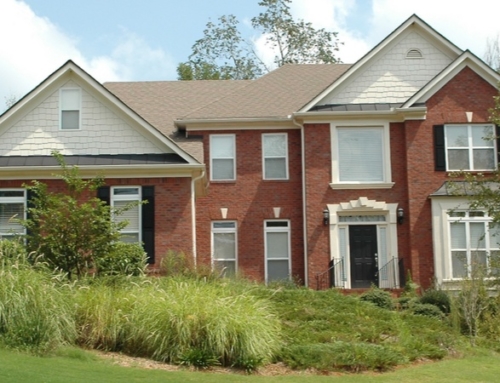Q: I want to sell my house and downsize to a condo. My parents who are both deceased transferred their house to me back in 2001, when they were alive.
They bought the home in 1966 for $38,750. Today it should sell for about $650,000. I now know that this was a mistake because of the huge capital gains tax I will owe on the property. I am single, so I only have a $250,000 exemption, which means I’ll have a big tax bill to pay.
I’m trying to make the best of a bad situation. In calculating the cost basis for the property, how does one distinguish between a home improvement and a repair?
Can an improvement such as a fence be counted more than one time? We’ve put in three fences over the 40 years since the house has been built.
Also, I want to know if it’s okay to estimate the cost of some of these improvements, since some of them took place 35 to 40 years ago and there is no formal documentation for them. Also, my parents took out a mortgage when they first purchased the house, can this be considered as an improvement?
Finally, I just had both the outside and inside of the house professionally painted, can this be counted as an improvement? (I think that I already know the answer to this one). Thanks! I hope that you can answer my questions!
A: Yes, transferring ownership to you via a quit claim deed was a mistake. I’m glad you recognize that now, although it would have been better to consult an attorney in the beginning.
And while you’ll have a big tax bill to pay, you have to think about the silver lining — at least the property has risen dramatically in value and you’ll wind up with a big chunk of that cash.
When it comes to calculating the cost basis, you can include anything that was a structural fix, including adding or replacing fences, replacing the roof, adding rooms to the property, gut-renovation and home improvement such as a new bathroom. But you cannot include decorating, nor can you subtract the cost of the original mortgage.
You should take a look at a booklet published by the Internal Revenue Service at www.IRS.gov. The booklet is Publication 523, “Selling Your Home”. It has some good examples and guidelines you need to follow to compute the basis for the home.
The booklet lists a laundry list of items that are considered improvements to a home. Among those items are fences. In looking at the items you may also recognize other improvements that you or your parents added to the home, including landscaping, new windows, insulation and new kitchen appliances.
But if you installed various fences in the many years you or your parents lived at the home, you won’t be able to add the cost of installing multiple fences to your cost basis. According to the Publication 523, you will only be able to add the cost of the most recently installed fence to the cost basis of the home.
Since there is no formal documentation, you’ll have to estimate based on your knowledge of what was done to the property. Please talk to a good accountant who can assist you with this. If you have no written paperwork to support your expenses, you may have trouble supporting your claim if you were to get audited by the IRS.
Before you add it all up, don’t forget to include the costs of purchase and sale, including the commission, advertising or marketing costs, and any other fees you paid.






Why is it a bad idea to transfer via quit claim? How other way can the parents give the “gift” to the son?